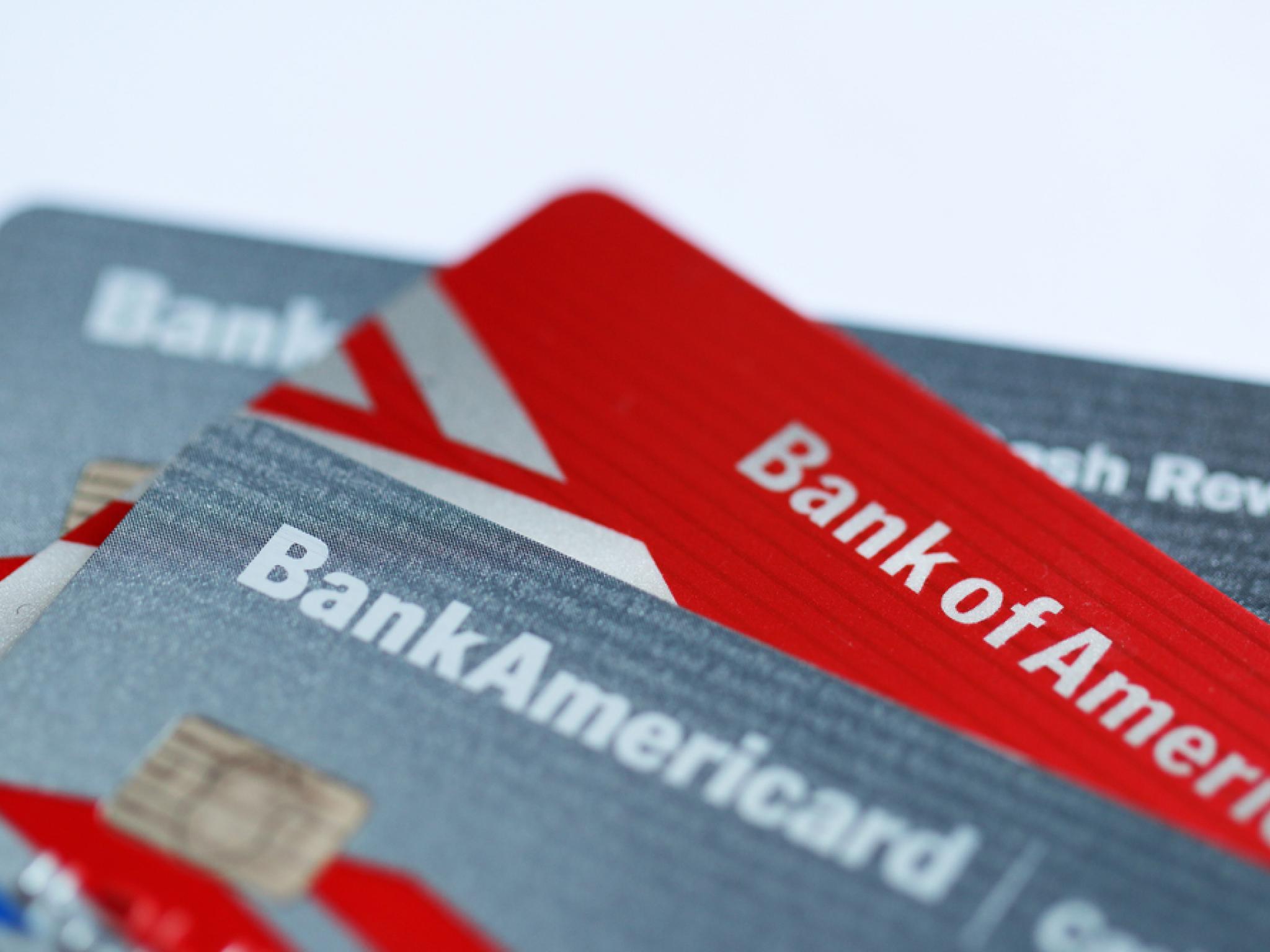
Bank of America Corp (NYSE:BAC) was out Monday with its current asset quality ratings.
While net charge-offs are still "low and stable," the bank is closely monitoring early credit card delinquencies as they start to rise. This is a result of consumers racking up credit card debt because of widespread price increases across the U.S. economy.
This indicated that American consumers are either refusing to rein in their spending or are facing inflationary headwinds and are turning to credit cards for some relief.
Here Are The Best Credit Cards Available
Bank of America CEO Brian Moynihan assured investors on Monday during its earnings call that the consumer continues to spend at high levels.
“[There] continues growth in goods and services,” Moynihan said. “Particularly retail, toward experiences of travel and entertainment — while fuel price volatility continues, it is not currently impacting the spend levels in this quarter as prices stabilize.”
While fears of a recession are alive and well, historical charge-off data can be looked at to determine whether Americans are facing another 2008 scenario.
Read More: Why The Fed Needs To 'Break The Labor Market' To Avoid A 'Wage-Price Spiral'
Using provisions for loan losses and an impairment charge to the book value of the credit card franchises, Bank of America wrote off $20 billion in subpar credit card loans in 2008, $29.6 billion in 2009 and $23.1 billion in 2010.
Bank of America wrote off $1.76 billion in the second half of 2019 before the pandemic, $4.12 billion in 2020, and $2.24 billion in 2021.
This year, so far, the bank has written off $956 million, or 0.22% of its loans.
According to its press release, the bank's third-quarter profit dropped 8% to $7.1 billion, or 81 cents per share, as the business recorded a $956 million provision for credit losses. On a non-GAAP basis, revenue increased to $24.61 billion after excluding interest costs.
Shares of Bank of America are up more than 6% intraday Monday.
Since lenders such as Bank of America, JPMorgan Chase & Co (NYSE:JPM), and Wells Fargo & Co (NYSE:WFC) generate more revenue as interest rates rise, they were expected to be one of the main beneficiaries of the Fed’s continued rise in interest rates.
“Our U.S. consumer clients remained resilient with strong, although slower growing, spending levels and still maintained elevated deposit amounts,” Moynihan said in the release. “Across the bank, we grew loans by 12% over the last year as we delivered the financial resources to support our clients.”
Photo: Idealphotographer via Shutterstock







